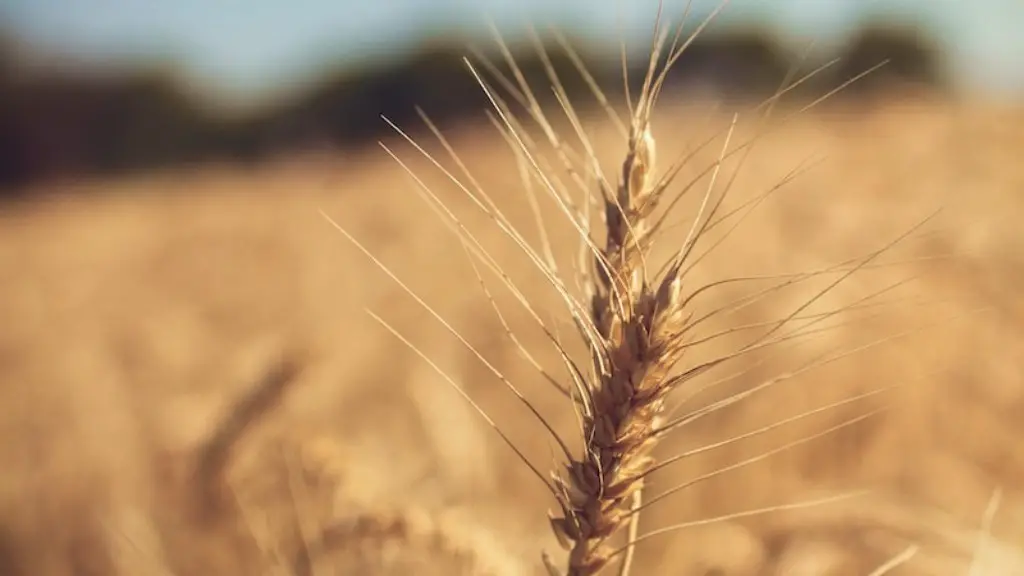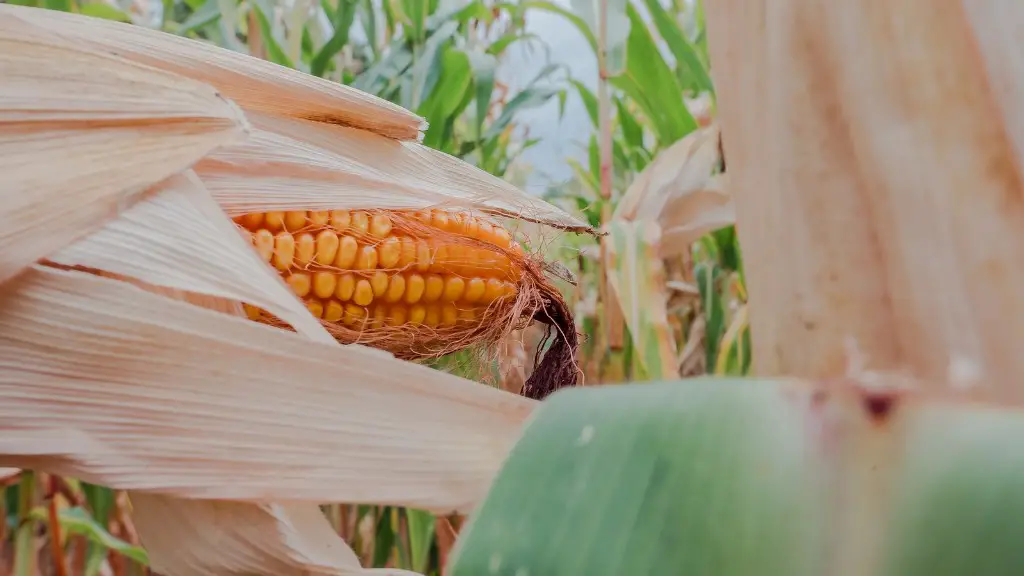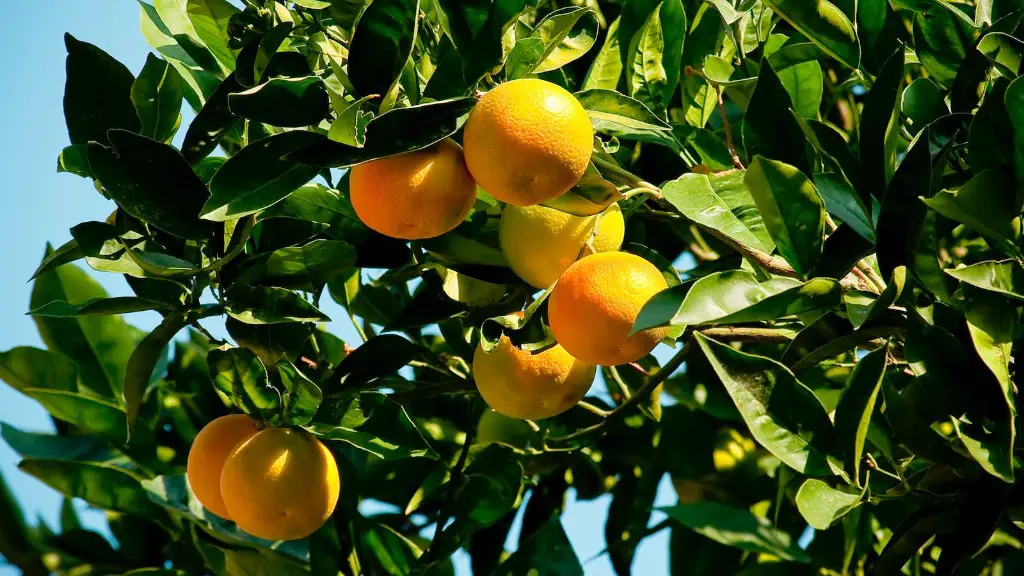Soil testing is a process by which farmers and agricultural scientists gather data about the composition and productive potential of soils. The data helps them to make decisions about how to manage the soil to optimize crop production or other uses.
Soil testing in agriculture is the process of taking a samples of soil from an agricultural field and testing it for various chemical and physical properties. The results of these tests can provide farmers with information on the fertility of their soil, as well as what nutrients it is lacking. This information can be used to determine what crops to grow in a field, as well as how to best fertilize and manage the land.
What is the purpose of soil testing?
The goal of soil testing is to provide an accurate assessment of the soil’s fertility to make fertilizer recommendations. With the increasing awareness of fertilizer effects on environmental quality, soil tests also can be used to determine where fertilizers or manure should not be applied.
Soil testing is an important part of any agricultural or gardening operation. It can help you determine the best course of action for your crops or garden, and avoid problems down the road. The four steps associated with soil testing are: 1) soil sample collection, 2) laboratory analysis, 3) interpretation of results, and 4) fertilizer or other management recommendations.
What are the 3 main types of soil testing
Soil testing is important to determine the best course of action for your gardening or farming project. The plasticity test, thumb penetration test, and pocket penetrometer test are all common methods for testing soil. Each has its own strengths and weaknesses, so be sure to choose the right one for your needs.
The soil test results show the amount of nutrients in the soil. The macronutrients are nitrogen (N), phosphorus (P), and potassium (K). The secondary macronutrients are sulfur (S), calcium (Ca), and magnesium (Mg). The micronutrients are copper (Cu), iron (Fe), manganese (Mn), zinc (Zn), boron (B), chloride (Cl), nickel (Ni), and molybdenum (Mo).
What are the benefits of soil testing for farmers?
Soil testing is an important tool for farmers to help determine whether their current management practices are robbing future productivity and profits. Combined with local calibration data from university research, soil testing provides the best guide available for determining nutrient needs for growing crops.
Most crops will do fine if you have your soil tested every 2 to 3 years. However, crops that are grown under intensive cultivation may require annual testing. When sampling from any given area, it is important to do it at about the same time as in previous years.
What is the most important soil test?
The most important information that a soil test can provide is data on the soil’s acidity, or pH. The ratio of hydrogen (H+) to hydroxyl (OH-) ions in the soil is represented by the pH scale, with a lower pH indicating more acidity and a higher pH indicating more alkalinity.
A representative sample is a sample that accurately reflects the characteristics of the population from which it is drawn. In order to get a representative sample, you need to scrape away any surface litter, plant residues, leaves, etc. and avoid sampling in a spot where ashes have been dumped, manure or compost stored, or brush burned. Cut straight into the soil with a shovel or trowel 6 to 8 inches deep making a V-shaped hole.
What are the two types of soil testing
Soil testing is the process of determining the physical and chemical properties of soil. Thetests on soil are as follows:
Moisture content test – the amount of water in the soil.
Atterberg limits tests – the range of moisture content in which the soil exhibits certain behaviors.
Specific gravity of soil – the ratio of the soil’s density to the density of water.
Dry density of soil – the weight of the soil per unit volume.
Compaction test (Proctor’s test) – the soil’s ability to be compacted.
A soil test will give you vital information about your soil that you can use to determine what, if any, amendments you need to make. The five things your soil test will tell you are pH, macronutrient levels, secondary and micronutrient levels, soil texture, and organic matter amount. With this information, you can create a healthy and productive garden!
How long does a soil test take?
A soil sample is generally processed within five business days of the date it is received into the lab. If the sample is mailed to the lab, it may take two to three days for the sample to arrive and another two to three days for the results to be mailed back to you.
A periodic soil test can play an important role in keeping your plants healthy. By testing for nutrient deficiencies, you can catch them before they progress too far and harm your plants. In addition to indicating nutrient deficiencies, a soil test can also provide information on soil acidity, the percentage of organic matter in your soil, and your soil’s texture. This information can be helpful in adjusting your gardening practices to better suit your soil and improve your plant growth.
When should I soil test my farm
A soil test is an important tool for specialty crop growers to monitor the nutrient levels in their soil. Testing should be done at least every 2-3 years, and more frequently in high-value production environments such as high tunnels. A soil test can provide information on the amounts of nutrients available in the soil and what is needed for healthy plant growth. This information can help growers make management decisions to improve crop production.
The recommended sampling depth for gardens is 6 inches. This is the normal spading depth of most garden soils. Take soil samples to a depth of 4 inches. This is the actual soil depth and should not include roots or other accumulated organic material on the surface.
What are soil tests called?
Compaction tests are important for understanding how a soil will behave during construction. The Proctor test is a common way to determine the maximum achievable density of a soil, as well as how the soil responds to different moisture levels. By conducting compaction tests, we can have a better understanding of the soil on a construction site and make sure that the foundation is properly compacted.
Moisture testers, dial and pocket penetrometers, shear vane sets, classification charts, meters, and more are used for accurate descriptions Hydrometer Analysis of Soils measures the particle size distribution of silt and clay in the soil in accordance with ASTM D7928 and AASHTO T 88 test standards. By doing this test, one can know how much water is necessary for the soil and also how to improve its fertility. The test is conducted by putting a small amount of soil into the moisture tester and adding water until the desired consistency is reached. Then, the soil is mixed and the hydrometer is placed in the mixture. The hydrometer will sink to a certain depth, which will be recorded. The reading on the hydrometer will give the percentage of silt and clay in the soil.
What qualities are important to test soil
Soil testing is an important tool for farmers and gardeners to determine the quality of their soil. By testing the soil, they can find out what nutrients the soil is lacking and what amendments need to be added to improve the quality of the soil.
The pH value of a soil refers to how acidic or basic it is. Most soils have pH values between neutral and alkaline, with the majority falling within the neutral range. However, there are some areas where the soil is more acidic or basic than average. These areas typically have higher or lower rainfall levels than average, which can impact the soil’s pH.
Warp Up
A soil test is an analysis of a soil sample to determine its physical and chemical properties. These properties are important for determining the suitability of the soil for agricultural use.
Soil testing is essential for good agricultural practices. It helps farmers to know the nutrient status of their soils and make management decisions accordingly. Good soil fertility management can lead to increased crop yields and improved crop quality.





